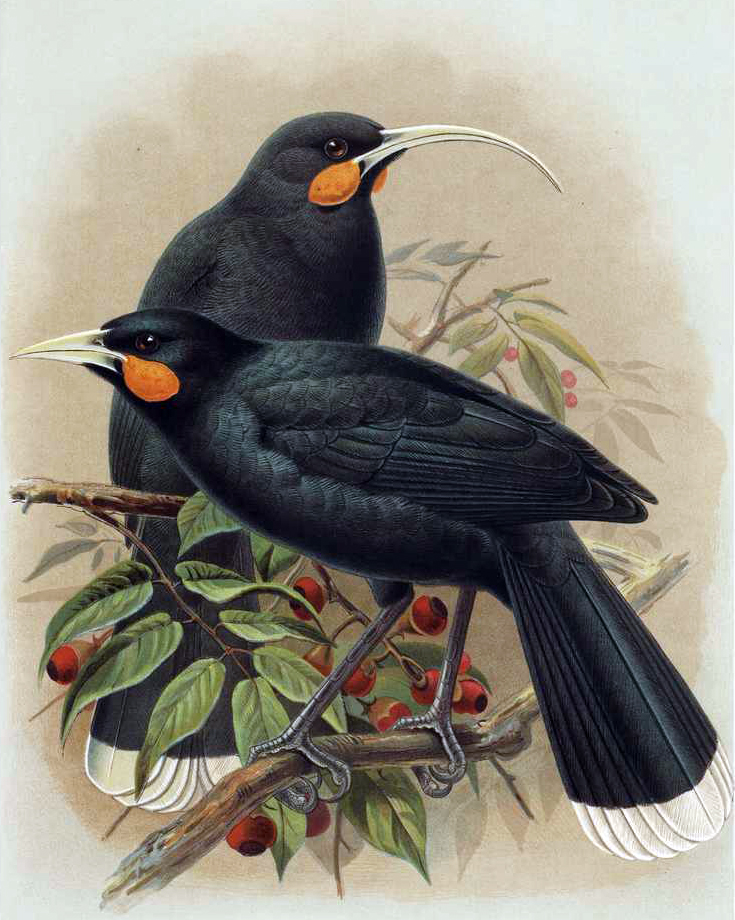
Macaronesia is a collection of archipelago islands in the Atlantic off the coast of North Africa. You might be familiar with the Canary or Azores islands, both are part of Macaronesia. These islands are small and isolated. The perfect lab from evolution!
In the last half decade scientists identified fossils on one of these islands, Madeira, as a new type of Scops Owl. This species of owl, Otus mauli, based on skeletal examination seems to be closely related to the the Eurasian scops owl, though having longer leg bones.
Nearly nothing is known about this species. It is believed to have driven to extinction in the 15th century. Probably from the settlement of the island by humans which lead to habitat destruction and predation by invasive species that accompanied humans.






